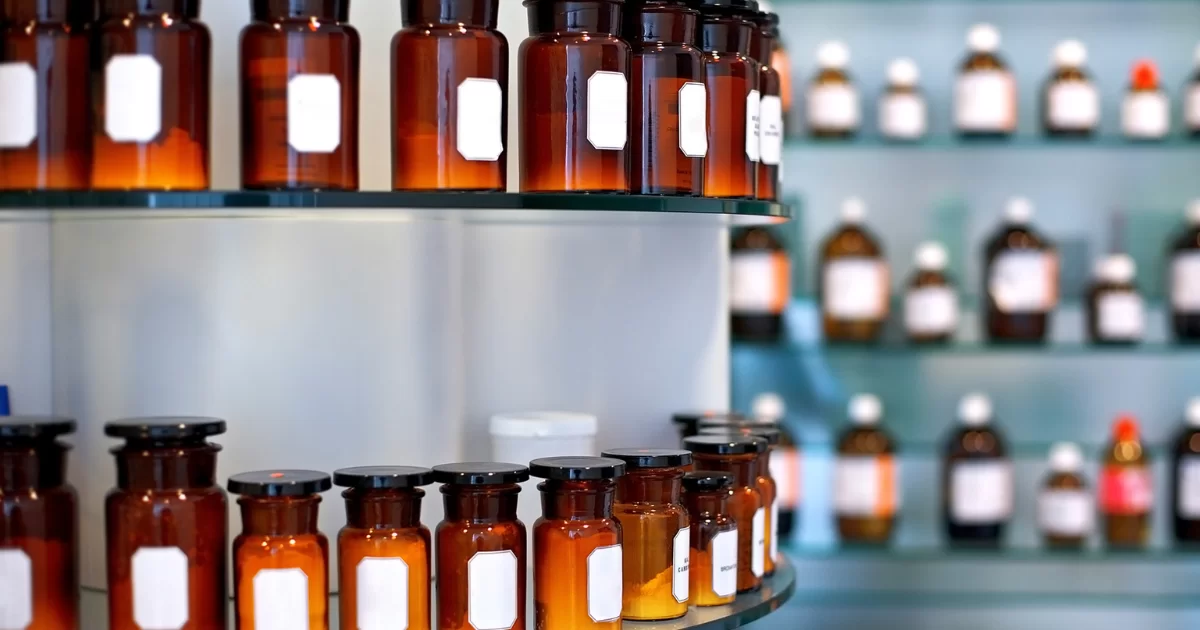
Pharmaceutical stability programs depend on primary packaging that keeps APIs and finished drugs safe, consistent and compliant. Gil Plastic’s pharma-grade PET bottles deliver reliable barrier performance, high clarity and certified materials—purpose-built for ICH/FDA-aligned stability studies and commercial use.
Why PET for Drug Stability?
Consistent protection with less weight: PET provides excellent moisture and impact resistance with far lower breakage risk than glass—ideal for long study timelines and frequent handling.
Clarity for inspection: High transparency supports visual checks for color changes, particulate matter and precipitates throughout accelerated and real-time stability.
Regulatory alignment: Our PET resins and processes are selected to support ICH Q1 stability conditions and typical USP/Ph. Eur. expectations for packaging suitability (material safety, extractables/leachables studies where required).
Supply & cost efficiency: PET’s lighter weight reduces shipping/storage costs and simplifies multi-site study logistics versus glass.
Key Advantages of Gil Plastic PET Bottles
-
Pharma-grade materials: Resins from qualified suppliers; material traceability and certificates available.
-
Controlled manufacturing: Clean production environments, quality controls and batch documentation.
-
Dimensional accuracy: Tight tolerances for repeatable capping torque and closure integrity.
-
Customization: Volumes, neck finishes (e.g., 28 mm), colors/amber for light-sensitive products, and compatible closures.
-
Operational durability: Lower breakage, safer handling, reduced waste in long-running studies.
-
Sustainability in mind: Lightweight design reduces transport footprint; PET is recyclable where facilities exist.
PET vs. Glass in Stability Programs
| Criterion | PET Bottles | Glass Bottles |
|---|---|---|
| Breakage risk | Very low (impact resistant) | Higher (handling/transport) |
| Weight | Light (cut logistics cost) | Heavy |
| Clarity | Excellent | Excellent |
| Barrier | Strong vs. moisture; options for light protection | Excellent; inert |
| Safety | No shattering; safer in labs/production | Shattering risk |
| Cost | Generally lower TCO | Higher TCO (shipping, breakage) |
Bottom line: Glass remains preferred for some solvent-rich or highly interactive formulations. For many solid or aqueous drug products and excipients, pharma-grade PET offers an optimal balance of protection, handling and cost.
Regulatory & Quality Considerations
-
ICH Q1 conditions: Our bottles are suitable for common ICH stability conditions (e.g., 25 °C/60% RH, 30 °C/65% RH, 40 °C/75% RH) when paired with appropriate closures and liner systems.
-
Documentation support: Material data sheets, CoC/CoA, and assistance for packaging suitability assessments.
-
Compatibility guidance: We collaborate on extractables/leachables strategy (where applicable) and can provide recommended test partners.
Tip: Packaging must be validated with your specific formulation and closure/liner. We help you shortlist options and supply samples for method development.
Product Options & Closures
-
Volumes: From small sample bottles to larger study containers (common sizes available).
-
Neck finishes: Standard pharma necks for crimp/screw closures; torque targets supported.
-
Closures & liners: Compatible tamper-evident caps, child-resistant options, and liners (e.g., induction-seal, foam, or specialty barrier liners) to meet moisture/light requirements.
-
Colors: Amber and custom tints for photosensitive products.
Integration Into Your Stability Workflow
-
Define storage conditions per ICH Q1 and product light/moisture sensitivity.
-
Select bottle + closure/liner based on barrier and usability targets.
-
Request samples for compatibility, torque, and closure integrity testing.
-
Run pilot (accelerated) to confirm performance before full deployment.
-
Scale confidently with repeatable quality and documentation.
Why Gil Plastic
With decades in pharmaceutical primary packaging, we combine materials expertise, controlled production and practical customization. Our teams support you from component selection to documentation, so you can keep stability timelines on track and pass audits with confidence.
Ready to spec PET bottles for your stability studies? Contact Gil Plastic for samples, drawings and documentation.
PET offers strong moisture resistance, excellent clarity for visual checks, and much lower breakage risk than glass. It reduces handling and shipping costs across long ICH stability timelines while maintaining protection when paired with the right closure/liner.
Our pharma-grade PET materials and controlled production support ICH Q1 stability conditions and typical expectations for packaging suitability. We provide documentation (e.g., material data, CoC/CoA) and can support extractables/leachables strategy via recommended partners as required.
Glass provides excellent inherent barrier and chemical inertness but is heavy and fragile. PET combines strong moisture protection, high transparency, and impact resistance—improving lab safety and logistics. The right choice depends on your formulation and light/moisture needs.
We supply amber PET and custom tints to help protect photosensitive drugs. We also recommend matching closures and liners to your barrier targets.
Yes. We provide samples, drawings, and documentation to support your packaging suitability assessment and stability protocol. Contact us to define sizes, neck finishes, and closure options.

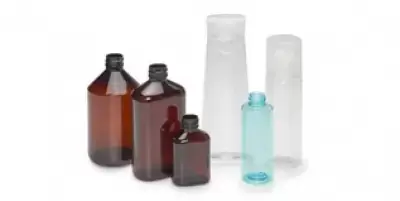 PET Bottles for Cosmetics
PET Bottles for Cosmetics Medical Syrup Bottles
Medical Syrup Bottles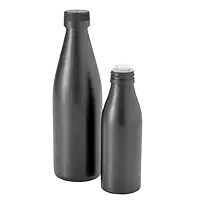 Spill Proof Bottles for Oil
Spill Proof Bottles for Oil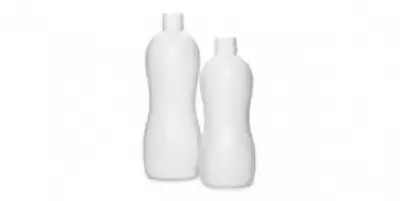 Bottles for pharma liquids
Bottles for pharma liquids Square HDPE Bottles
Square HDPE Bottles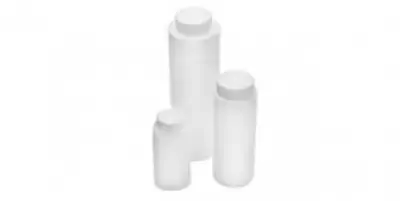 Powder Bottles
Powder Bottles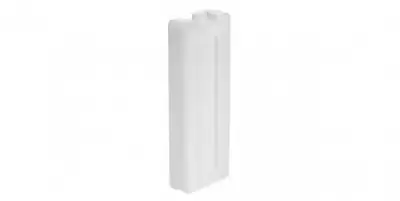 Ice Pack (Cooling Element)
Ice Pack (Cooling Element)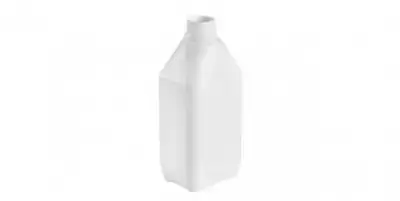 Rectangular Bottles
Rectangular Bottles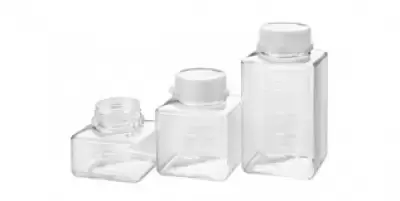 Water Sampling Bottles
Water Sampling Bottles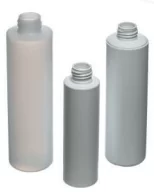 PE Bottles for Cosmetics
PE Bottles for Cosmetics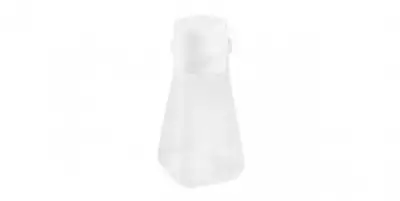 Drosophila Bottle
Drosophila Bottle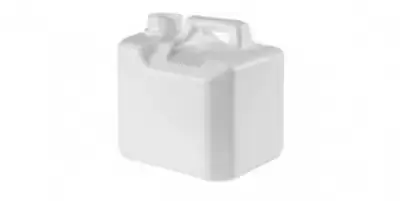 Plastic Jerry cans and carboys
Plastic Jerry cans and carboys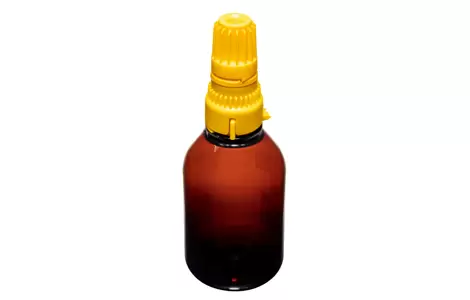 PEN BOTTLES & ADAPTORS FOR SEVOFLURAN
PEN BOTTLES & ADAPTORS FOR SEVOFLURAN Food Supplement Jars
Food Supplement Jars Cylindrical Jars with Hinged Lid
Cylindrical Jars with Hinged Lid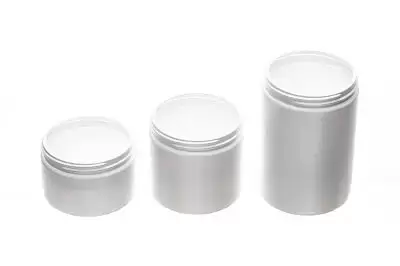 Cylindrical Jars with Screw Caps
Cylindrical Jars with Screw Caps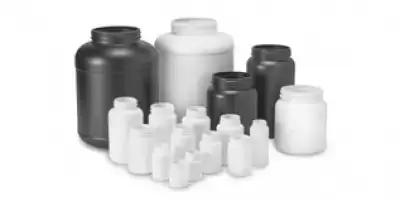 Wide Mouth Plastic Jars
Wide Mouth Plastic Jars PET Pill Jars
PET Pill Jars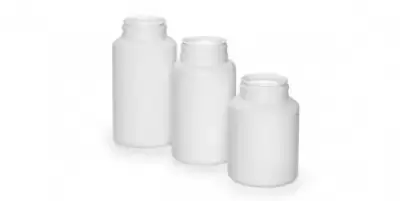 HDPE Packers with Hinged Lid
HDPE Packers with Hinged Lid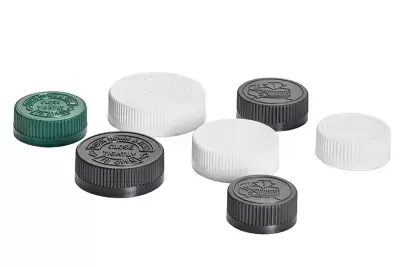 Child Resistant Closures (CRC)
Child Resistant Closures (CRC)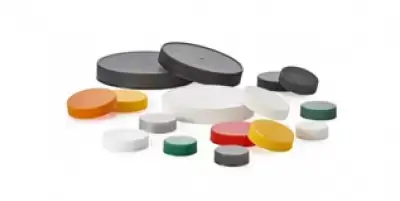 CT Plastic Screw Caps
CT Plastic Screw Caps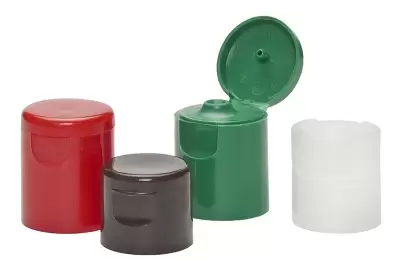 Disc Top and Flip Top Closures
Disc Top and Flip Top Closures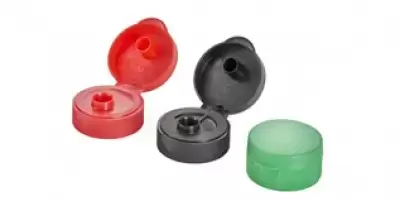 Flip Top Closures
Flip Top Closures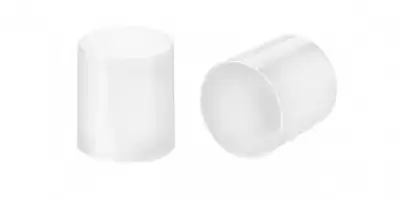 Over cap for Cosmetic Bottles
Over cap for Cosmetic Bottles Powder Dispensing Cap
Powder Dispensing Cap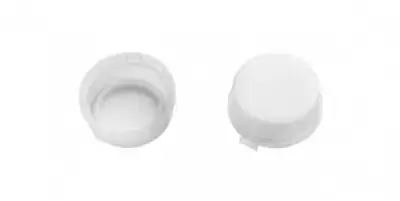 Cap for Water Sampling Bottles
Cap for Water Sampling Bottles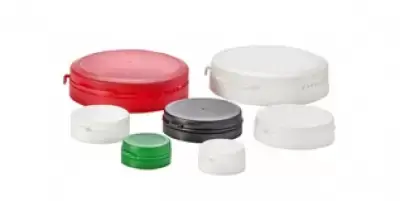 Tamper Evident Hinged Caps
Tamper Evident Hinged Caps Hinged Caps with Liner
Hinged Caps with Liner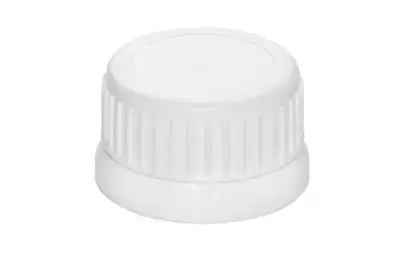 Tamper Evident Screw Cap, 38mm
Tamper Evident Screw Cap, 38mm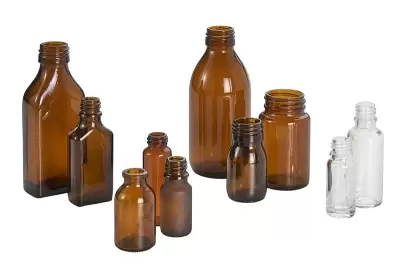 Pharma Glass Bottles & Jars
Pharma Glass Bottles & Jars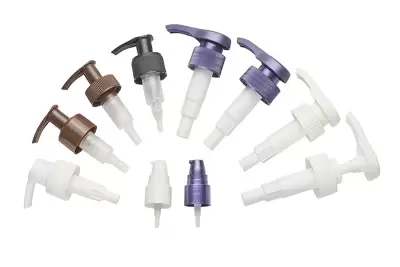 Pharma Lotion Pumps
Pharma Lotion Pumps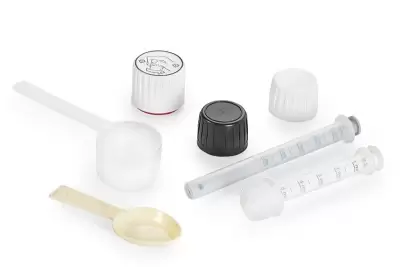 Measuring Cups & Spoons
Measuring Cups & Spoons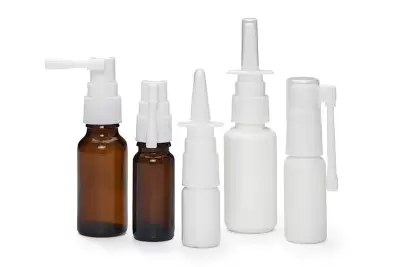 Pharmaceutical Sprayer Pumps
Pharmaceutical Sprayer Pumps Cap Liners
Cap Liners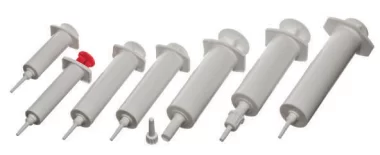 Syringes
Syringes Liners
Liners





